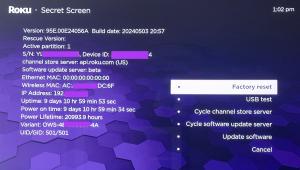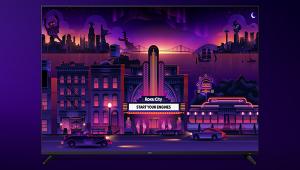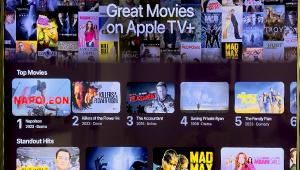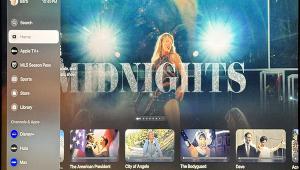The Roku XD Loading Gamer is a lightweight, smooth system which connects ... The Roku XD Works with Blockbuster online, Amazon online. com Video On Need, Hulu Plus, sweet serials
Yes, Virginia, There Is Netflix 1080p Streaming Video

Frustrated and disappointed enthusiasts posted findings of lower bitrates (streaming speeds) and the inability to stream at rates higher than Netflix’s High HD format, which indicated that the movie was streaming in 720p. From Star Trek, Enterprise to Transformers, movies previously available in X-High HD were now High HD. The assumption, of course, was that Netflix was no longer streaming in 1080p Full HD and had downgraded the quality to 720p resolution.
After a month of confusion, Netflix finally clarified the situation, explaining that the “High HD” moniker now stands for 1080p Full HD streaming.
But how do they explain that subscribers were noticing lower bitrates? Lower bitrates typically indicate that video is being streamed at a lower resolution or is highly compressed, resulting in lower quality.
Netflix responded that quality has been improved through a licensing agreement with eyeIO, a company that provides encoding technology. The eyeIO solution reduces the amount of bandwidth needed to stream video. In other words, a higher resolution video can be streamed to customers who have slower Internet speeds. Where it might have required 7 Mbps to stream a 1080p video, subscribers could stream the same quality at half the speed (around 3.2 Mbps). Netflix decided to label the newly encoded videos as “High HD” instead of “X-High HD” because they could be delivered at the lower High HD bitrates.

Netflix also said that eyeIO encoding should provide “additional detail in the textures, shadows, skies, and particularly faces.” However, comments posted to the AVS Forum thread report that the picture quality is softer than previous formats. One benefit of improved encoding has been the change from adaptive bitrate streaming (ABS) to dynamic streaming. I notice the difference immediately. With adaptive bitrate, a video starts in low resolution before getting “up-to-speed” and streaming the rest of the video at the rate determined at the beginning of a video. On the other hand, Dynamic bitrate allows the video quality to change during the playback to keep buffers full while streaming at the highest bitrate for the conditions.
Netflix has not commented on whether they will bring back the “X-High HD” label in the future. One can only speculate they are reserving it for 4K. In the meantime, we can enjoy the recently licensed Disney classics in Full HD with a smoother streaming experience.
- Log in or register to post comments































































